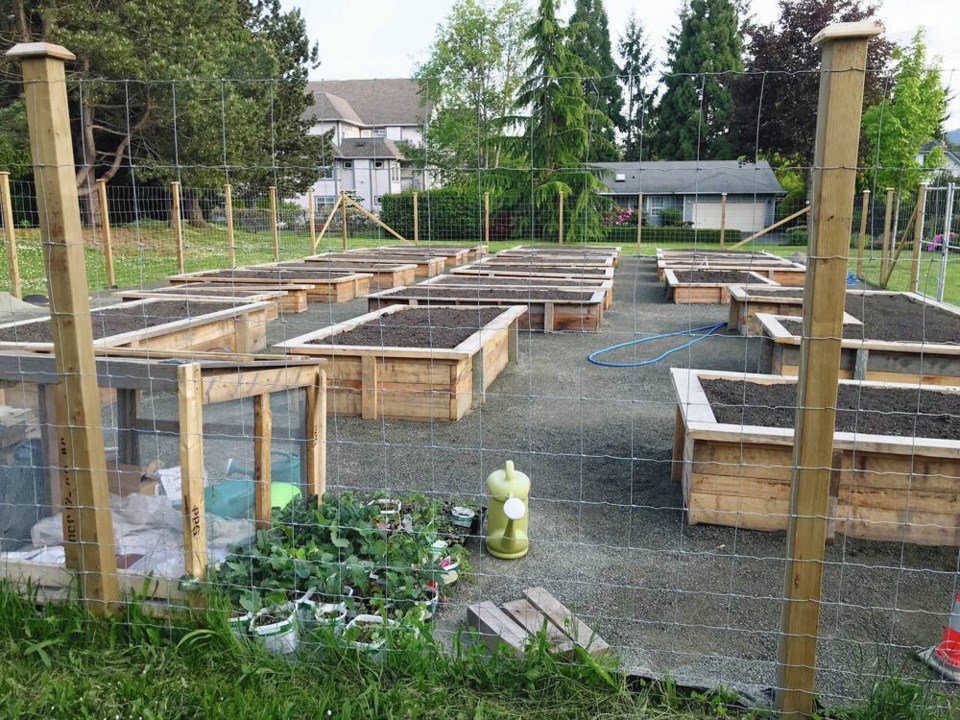A commentary by two volunteers with My FED Farm and the Central Saanich Community Garden.
The battle lines are being drawn over the City of Victoria’s new demolition “bond” to encourage salvaging usable wood from demolition projects around town.
At this point at least two things are clear. The $19,500 demolition permit recently approved by city council should reduce the flow of building material destined for the regional landfill — material that now accounts for roughly one-third of its intake.
It is also clear that some of the region’s home builders will pass the costs incurred in complying with this new measure on to their customers — even claiming that it would be cheaper for the customer to pay the demolition fee than it would be to pay for the salvage work required to comply with it.
Some also argue that the salvaged wood cannot be realistically recycled into construction projects at all — being too old, too hard or plain too ugly.
Our own recent experience makes us wonder whether we are looking at all of our options here.
Perhaps it is time to think outside of the box — or, rather, inside the box.
Municipal governments throughout the Capital Regional District are encouraging the development of community gardens in the region. In a report we wrote last year for the not-for-profit group My FED Farm, we cited many benefits in establishing community gardens, whether in addressing food security or offering multi-generational opportunities to build community.
Over the past year, we have been working directly with the Central Saanich Community Garden Society to build the region’s newest community garden in Brentwood Bay.
While supporting the society in its case for regulatory approval and access to funding, we saw another opportunity to help. We noticed a house demolition in progress in Oak Bay with well-seasoned cedar planks and boards heading into a dumpster.
Fortunately, we caught the ear of an experienced site manager with a plea that the wood would be perfect material with which to build garden boxes and compost bins for the Central Saanich Garden.
A week or so later, we discovered that the CRD’s Caledonia Housing co-op in Fernwood was about to be demolished. Working with the CRD’s project manager within a policy framework favouring recycling, we were able to gain access to some fantastic wood that the demolition crew set aside for us at the edge of the property.
Working with an energetic team of volunteers, this wood was hauled away, cut to size, de-nailed and loaded for its journey northward up the peninsula. However, instead of veering west to the Hartland landfill, it went north to the Central Saanich Garden, which had secured municipal approval in November and was getting ready to build.
Today, the region’s latest community garden is now fully subscribed and ready to officially open.
Every one of the 21 garden boxes and three compost bins contain wood recycled from these two projects.
Every one built by an energetic crew of volunteers — community gardeners and wood recyclers spanning three generations. Every plank of recycled wood helped offset expenses in the garden’s budget, especially given the rapidly increasing cost of wood.
Hopefully, in these early days of Victoria’s recycling levy, there is room to imagine some new approaches that will broaden our perspectives and opportunities. Perhaps home builders could secure an early rebate on the recycling levy if they partner with urban farmers or any local community groups who could use recycled wood in their projects.
Such partnerships would allow home builders to demonstrate their support for environmentally sustainable projects while, at the same time, decreasing their own carbon footprints.
If this sounds outlandish, consider this: last week the Oak Bay site project manager offered us a load of wood salvaged from one of their Gulf Islands projects and arranged to deliver it for our pick-up.
He likes what we are doing and needs no penalty or incentive to participate. This “thinking inside the box” should be proof positive that there are more opportunities for unbuilding and recycling wood out of building projects than we are currently imagining.
Culbertson and Smeltzer have written a report on best practices in establishing community gardens. It was published last year by My FED Farm and can be found onlind at:



